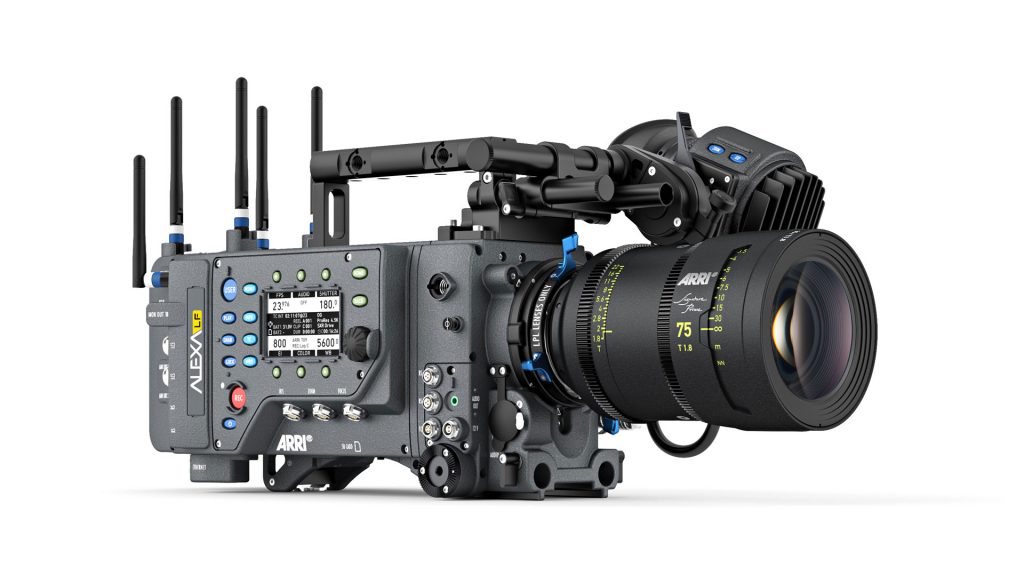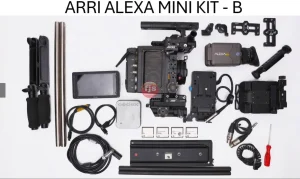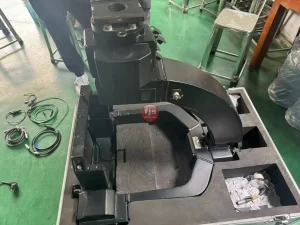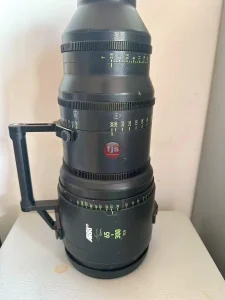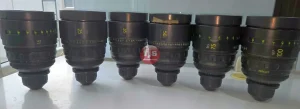For decades, ARRI has been synonymous with professional cinema equipment, from their iconic cameras to their state-of-the-art lighting. Yet, for many cinematographers and camera assistants, the ARRI lens often remains a jewel of optical engineering, its precise mechanics and stunning image quality being a cornerstone of visual storytelling. A recurring question in the industry, particularly among those keen on the technical nuances of their gear, is: “Where exactly are ARRI lenses made?” The answer, like the lenses themselves, involves a meticulous process rooted in German engineering excellence.
The Heart of ARRI Lens Manufacturing
- Germany: The Epicenter of ARRI Optical InnovationARRI’s core research, development, and a significant portion of the manufacturing and assembly of their high-end cinema lenses take place in Germany. Specifically, their main facilities, including optical design and production, are situated in Munich. This location is not accidental; Germany has a long-standing tradition of optical precision engineering, making it an ideal environment for fostering the expertise required for ARRI’s demanding standards. The sophisticated optical engineering, precision machining, and rigorous quality control are hallmarks of German manufacturing.
- Specialized Production FacilitiesWhile Munich serves as the primary hub, it’s important to understand that ARRI’s lens production is a complex process. Components, including specialized glass elements, might be sourced from various high-precision optical manufacturers globally, but the final assembly, calibration, and quality assurance for their premium cinema lenses largely happen under ARRI’s direct supervision in Germany. This ensures that every ARRI lens, from the Signature Primes to the revered Master Primes and Ultra Primes, meets their stringent performance criteria.
- A Legacy of Optical ExcellenceARRI’s commitment to lens manufacturing dates back to its early days. Their in-house optical capabilities and collaborations with renowned optical designers have allowed them to consistently push the boundaries of cinema optics. This legacy is maintained by a dedicated team of optical engineers and technicians who oversee every stage of the lens-making process, from initial design concepts to the final adjustments of each individual lens element.
Key Features of ARRI Lenses
- Exceptional Optical Performance: Renowned for their sharpness, contrast, and faithful color rendition across the entire frame.
- Robust Mechanical Design: Built to withstand the rigors of professional film production, featuring durable housings and smooth, precise focus and iris rings.
- Consistent Image Characteristics: Lenses within a set (e.g., Signature Primes, Master Primes) are designed to offer consistent look, color, and optical performance, simplifying matching in post-production.
- Future-Proof Design: Often designed with high-resolution sensors in mind, ensuring compatibility with evolving camera technology.
- Advanced Coatings: Proprietary lens coatings minimize flare and ghosting while maximizing light transmission.
Benefits for Filmmakers
- Unparalleled Image Quality: Delivers a cinematic look that is highly sought after in feature films, commercials, and high-end television.
- Reliability on Set: Their durable construction means less downtime and more consistent performance in demanding shooting environments.
- Creative Consistency: The matched performance across lens sets allows cinematographers to maintain a consistent visual style throughout a project.
- Enhanced Storytelling: The optical clarity and distinct character of ARRI lenses contribute significantly to the aesthetic and emotional impact of visual narratives.
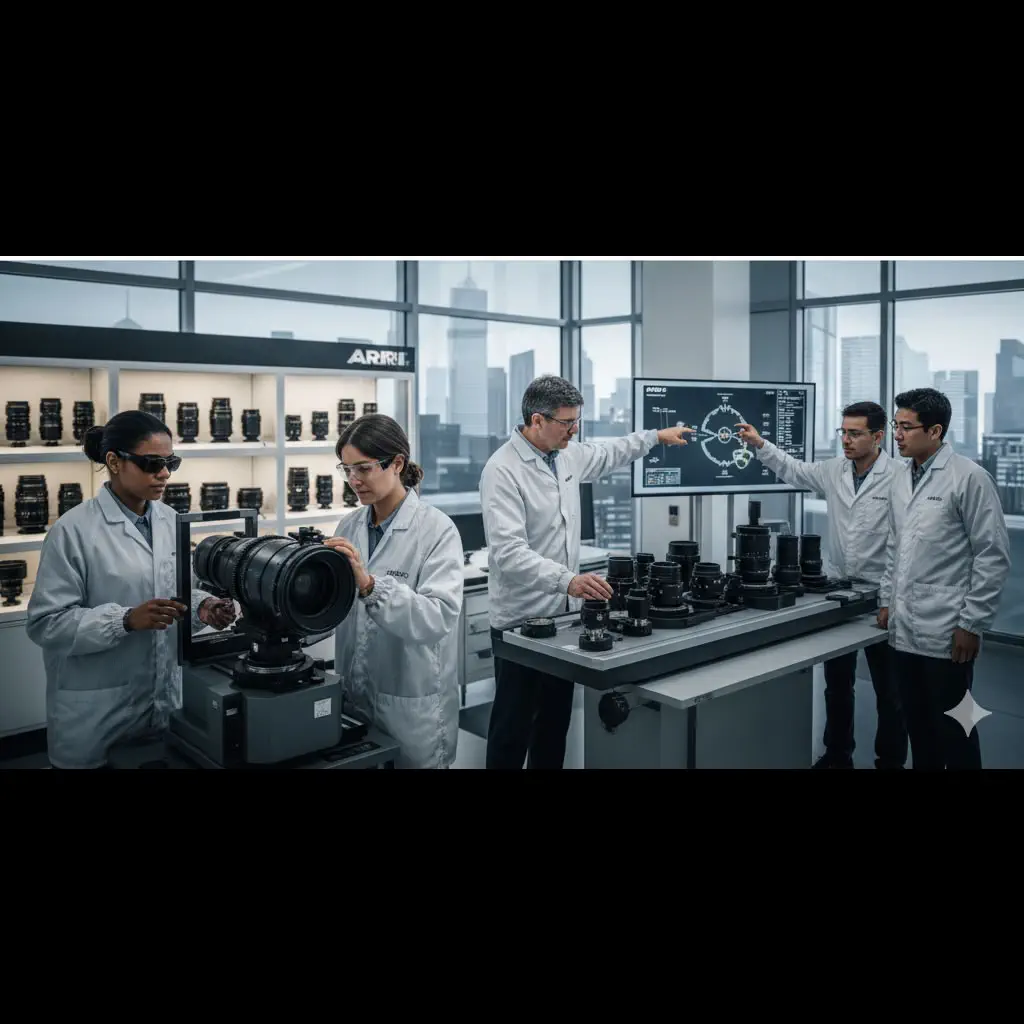
Conclusion
ARRI lenses are not merely assembled components; they are the result of meticulous German engineering, precision manufacturing, and a deep-seated commitment to optical excellence. While some specialized components might originate elsewhere, the core intellectual property, design, assembly, and rigorous quality control that define an ARRI lens reside firmly within ARRI’s facilities in Germany. This unwavering dedication ensures that cinematographers worldwide can rely on ARRI optics to capture their visions with unmatched clarity and cinematic beauty.
Questions and Answers
Q: Are all ARRI lens components made in Germany?
A: While the critical design, assembly, and quality control are done in Germany, some specialized glass elements or raw materials might be sourced from other high-precision optical manufacturers globally. The final product, however, embodies ARRI’s German engineering standards.
Q: Does ARRI manufacture lenses for other camera brands?
A: ARRI primarily designs and manufactures lenses for its own camera systems and the broader professional cinema market. While some lens designs might be licensed or adapted, their core cinema lens lines are distinct ARRI products.
Q: How does ARRI ensure the quality of its lenses?
A: ARRI employs extensive quality control measures at every stage, from initial design simulations and material selection to individual lens element grinding, assembly, calibration, and final optical testing, all conducted by highly skilled technicians in Germany.
Q: What makes ARRI lenses so expensive?
A: The cost reflects the extensive research and development, the use of premium optical glass, precision mechanical engineering, labor-intensive assembly, stringent quality control, and the relatively small production runs compared to consumer lenses.

